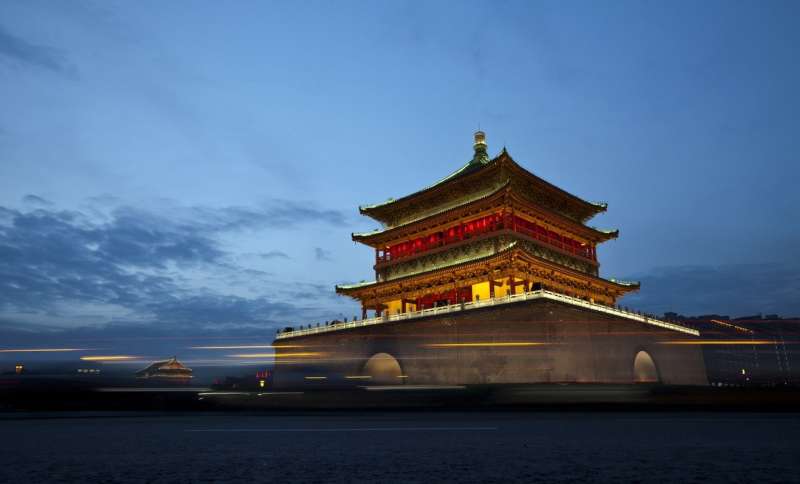Consciousness and collaboration were fundamental to shaping knowledge, show astronomy archives of premodern China

Stephanie Baum
scientific editor

Andrew Zinin
lead editor

The astronomical records of imperial China are some of the most comprehensive archives in the history of science, spanning over two millennia, from 221 BC to 1911 AD, and providing detailed insight into phenomena ranging from comets to the rate of rotation of Earth.
A new article in Isis these records and demonstrates the pivotal part they played in shaping the astronomy practices of premodern China, highlighting the archive's role as an arena of historical consciousness and cross-generational collaboration.
The greatest source of astronomical data from this textual collection, writes article author Qiao Yang, are the imperial dynastic histories. Covering each of the legitimate dynasties over this period, there are twenty-four such official histories, eighteen of which include monograph sections on astronomy.
In "Astronomy as a Science in the Archive of Imperial China (221 BC-AD 1911)," Yang examines the ways that researchers of the era used these records to preserve astronomical data for posterity and to build upon past knowledge in the name of more accurate scientific techniques. In particular, the article follows the contributions made to the archive by one Qi L眉qian, an astronomer during the Mongol Yuan dynasty of the 13th and 14th centuries.
Qi L眉qian, as a member of the empire's Astrological Commission, witnessed the astronomical records under his purview undergo the kind of sorting and processing work that refines many archives. Hundreds of volumes of raw material could be edited and reduced to just a few by the time of the records' final compilation.
Additionally, he observed the fragility of the archive's contents: Paper records were vulnerable to destruction by mold, moth infestation, and fire. Scribal error in copying documents was another potential source of information loss and misinformation.
It is perhaps for these reasons that Qi L眉qian set out to preserve astronomical detail in these records in any way he could. When writing a biography of his supervisor, Guo Shoujing, Qi deviated from the generic norms of this type of work, including in it intensive technical summaries of astronomical instruments and a groundbreaking astro-geodetic survey conducted in the early 1280s.
His efforts paid off: the biography was incorporated into the official "History of the Yuan Dynasty" and became the primary reference for future studies of Yuan instrumentation and the astro-geodetic survey.
Indeed, writes Yang, this kind of consideration for the future, as well as consultation of the past, characterized much of the astronomical work of imperial China. When confronted with an enigma鈥攆or instance, that of a 1299 solar eclipse that failed to materialize鈥攁stronomers like Qi L眉qian turned to histories of previous dynasties in order to identify a pattern. Historical data was also combined with observational data in order to decide long-term variations like tropical year length, and to assess the accuracy of astronomical calculations.
Subsequent astronomers' use of Qi L眉qian's data reveals that when discrepancies arose between historical and observational data, priority was often given to historical data over first-hand observations.
Ultimately, Yang writes, these dynastic histories were fundamental in shaping the astronomical knowledge of imperial China. The formation of the archives, as well as their usage, reflected political, cultural, and material contingencies, and illustrates that the astronomy of the period was not only forged by the new discoveries of certain individual luminaries, but was also a "collaborative and cumulative" process enriched by the preservation of history.
More information: Qiao Yang, Astronomy as a Science in the Archive in Imperial China (221 BC鈥揂D 1911), Isis (2025).
Provided by University of Chicago





















